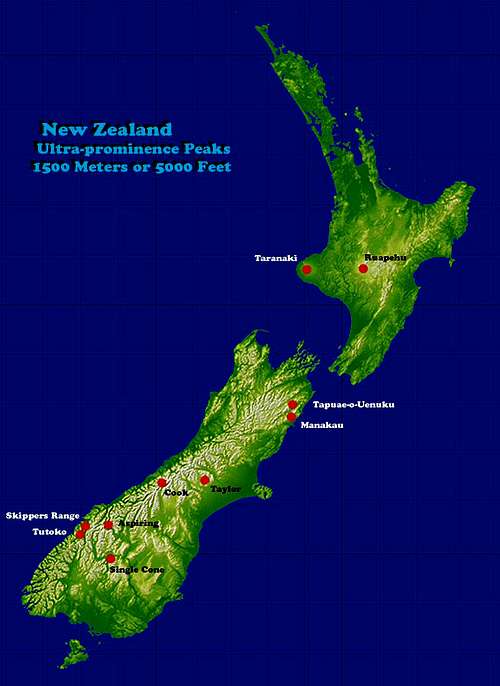-
 12738 Hits
12738 Hits
-
 80.49% Score
80.49% Score
-
 12 Votes
12 Votes
|
|
List |
|---|---|
|
|
What is an Ultra
| Topographic prominence discards sea level as the primary scale zero point and thus allows all mountains to be measured equally in regards to surrounding geographical features. It measures how far a mountain rises above the lowest contour that encircles it and no higher peak. That lowest contour defines the peak's "key saddle". Prominence is the elevation difference between a peak's key saddle (connecting to the next higher peak) and it's summit. Another useful way to visualize prominence is to imagine water rising around a peak to the elevation of the key saddle, the mountain's summit becomes the highest point on an island. The prominence of the mountain is the same as the height of that imaginary island above the surrounding water. In this mental exercise you adjust sea level in respect to the key saddle. By definition an Ultra-prominence peak (Ultra for short) rises at least 1,500 meters (4,921 feet) above its key saddle or surrounding water. New Zealand has only 10 of these Ultras. Several of these are quite famous such as Mount Cook and Mount Aspiring, others are less well known, and one has no official name but is referred to as the Skippers Range High Point. |
Some of these ideas expressed here were borrowed from the explanation on this page. Also, many thanks to Greg Slayden and his Peakbagger.com.
The List
| Rank | Name | Elevation | Saddle | Prominence | Location | |
|---|---|---|---|---|---|---|
| 1 | 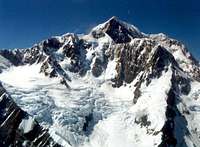 | Mount Cook (Aoraki) | 3754 | 0 | 3754 | Canterbury |
| 2 |  | Mount Ruapehu (Tahurangi) | 2797 | 0 | 2797 | Wanganui-Manawatu |
| 3 | 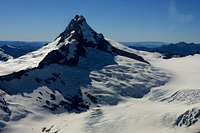 | Mount Aspiring (Tititea) | 3030 | 561 | 2469 | West Coast |
| 4 | 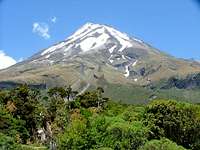 | Mount Taranaki (Egmont) | 2518 | 210 | 2308 | Taranaki |
| 5 |  | Tutoko | 2723 | 532 | 2191 | Southland |
| 6 | 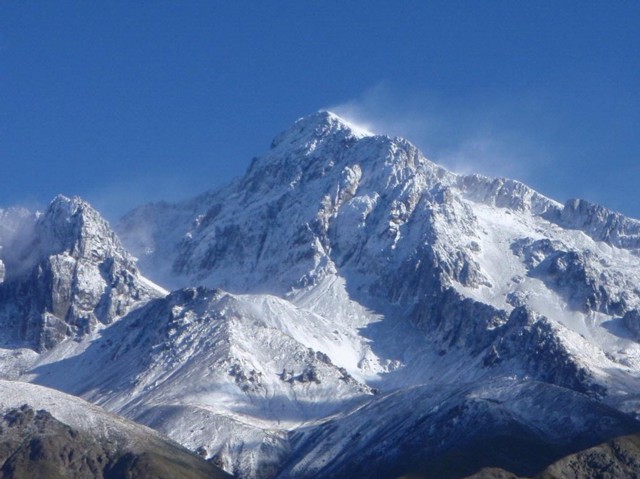 | Tapuae-o-Uenuku | 2885 | 863 | 2022 | Canterbury-Marlborough |
| 7 |  | Single Cone | 2319 | 350 | 1969 | Otago |
| 8 | 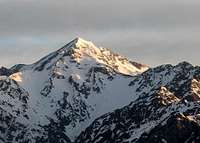 | Manakau | 2608 | 810 | 1798 | Canterbury |
| 9 |  | Mount Taylor | 2333 | 697 | 1636 | Canterbury |
| 10 | 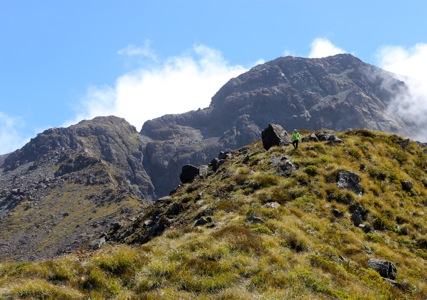 | Skippers Range High Point | 1648 | 50 | 1598 | Southland |


